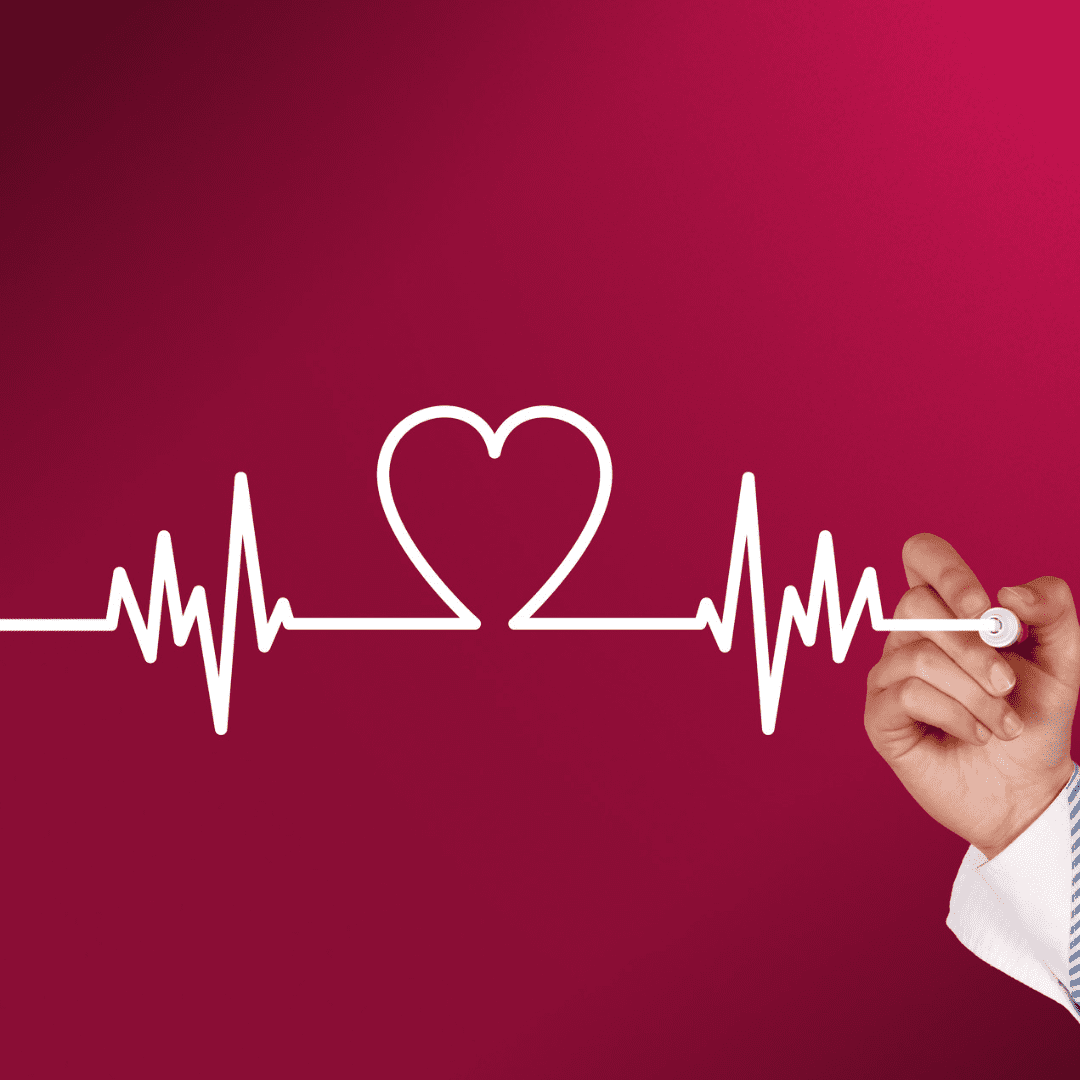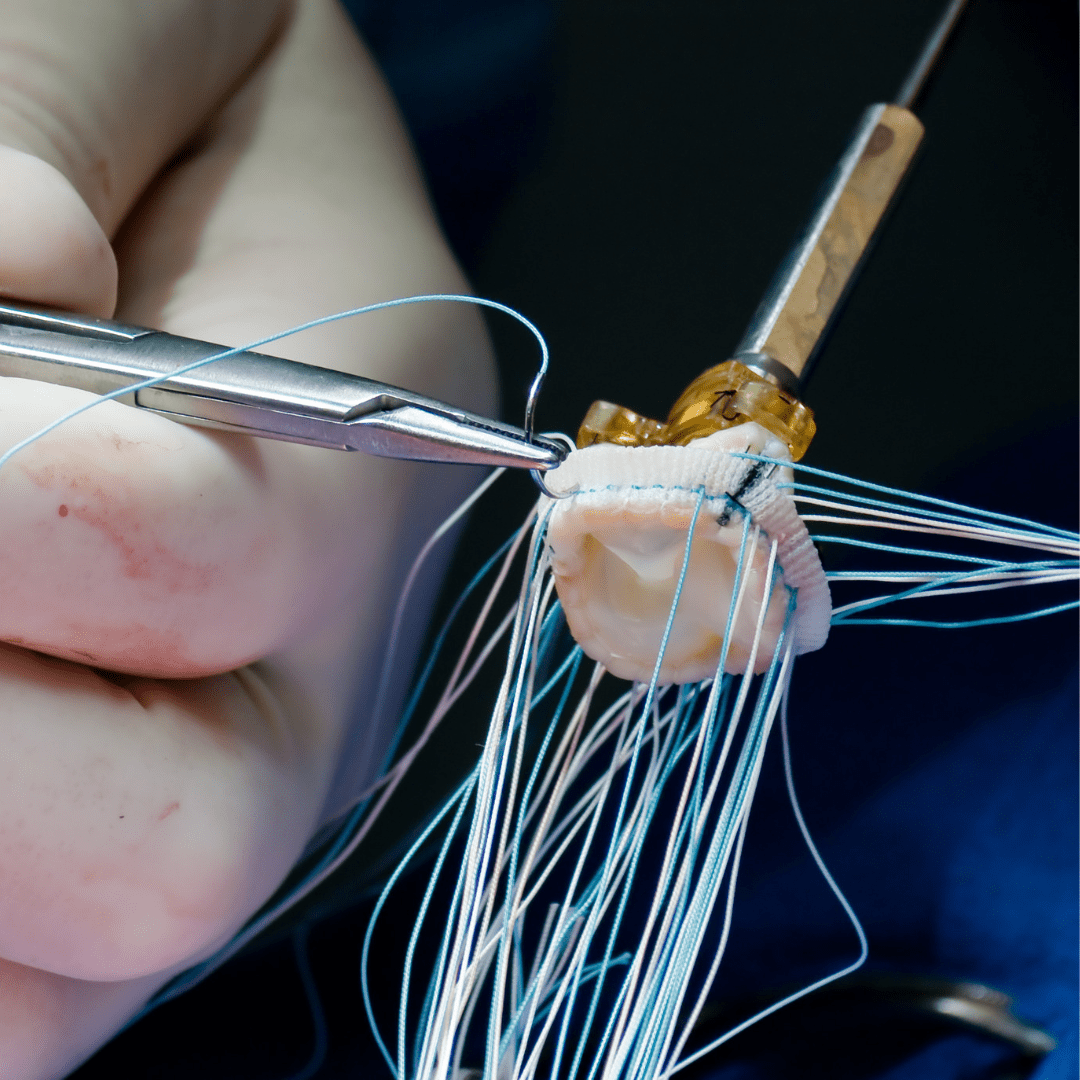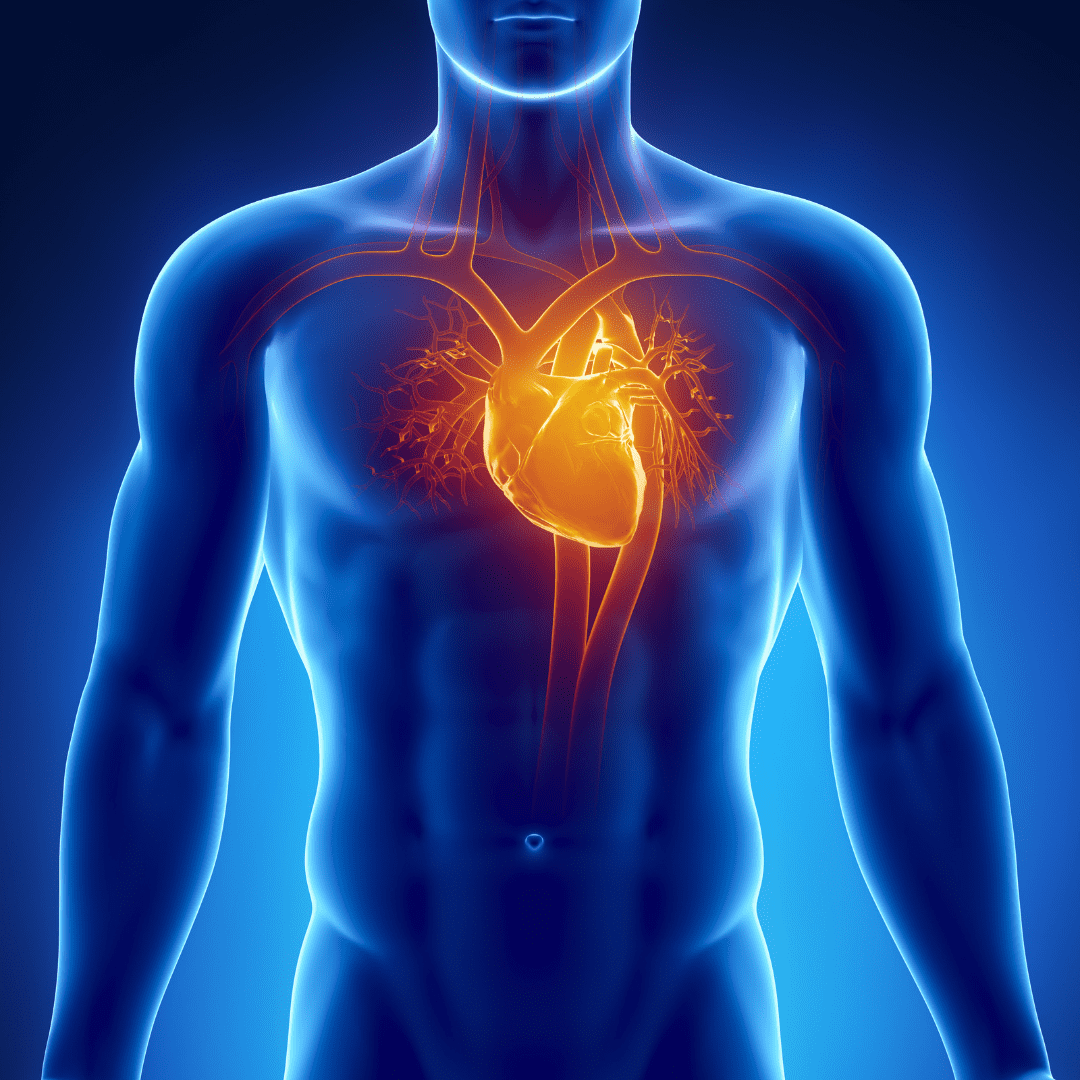Cardiology
In recent years, significant advances in cardiology and cardiovascular surgery have opened up new treatment options for these disorders, including both surgical and non-surgical approaches. The popularity of non-surgical and minimally invasive surgical procedures is on the rise, offering patients several benefits. One notable advancement is Cardiac Surgery with sub-axillary incision, which provides post-operative advantages such as reduced morbidity and mortality compared to major open surgeries. As a result, patients experience improved satisfaction and quality of life after the surgery.
In the field of non-surgical procedures, diagnostic angiography plays a crucial role in identifying and assessing cardiovascular issues. Additionally, angioplasties, which involve the placement of stents to treat occluded coronary vessels, are commonly performed by qualified cardiologists who are experts in their field. Moreover, the removal of plaque at the site of artery narrowing, known as atherectomy, is another frequently conducted non-surgical procedure.
In advanced cardiovascular centers across Turkey, bypass surgery in a functioning heart and robotic cardiac surgery have become successfully established procedures. These centers have attained international accreditation, signifying their high level of expertise and patient care.
Coronary Angiography
The coronary arteries supply heart muscles with blood. They can become blocked by a plaque (buildup of cells), fat or other substances, reducing the flow of blood and oxygen to the heart. A coronary angiography is used to detect blockages in the coronary arteries by using a special contrast dye or an x-ray.
Balloon Angioplasty and Stent Placement
Balloon angioplasty is a nonsurgical invasive treatment modality and is used as adjunctive technique to be combined with other techniques.
Coronary Artery Bypass (Conventional)
Coronary Artery bypass surgery is performed to restore blood flow by surgically treating a heart with an obstructed coronary artery. It uses blood vessels taken from another part of the patient’s body to bypass blocked or narrowed coronary arteries, improving blood and oxygen flow to the patient’s heart muscle by creating new pathways.
Coronary Artery Bypass (On Beating Heart)
With a considerable reduced risk and side effects, the technique of Off- Pump by pass is a unique treatment applied successfully as an alternative to conventional by-pass surgery.
Open Heart (Aortic – Mitral) Valve Replacement Surgery
The heart is a pump distributing the blood to the whole body. It has a self-exciting muscle which regulates itself and it is capable of simultaneous rhythmic pulsations. It has a regulating center and four chambers separated by valves and a septum. The valves control blood flow direction during contractions and septum isolates the right and left circulation. These negative and positive pressures are responsible for creating contractions that pump blood throughout the body.
Minimally Invasive (Aortic – Mitral) Valve Replacement Surgery
With less pain, lower risk of infection, and shorter hospitalization time for the recovery this unique technique offers same efficacy, quality and safety of a conventional approach while at the same time.
Minimally Invasive ASD or VSD Closure Surgery
The left and right sides of the heart have different pumping functions. The right side of the heart collects deoxygenated blood from the body and pumps it to the lungs while the left side collects oxygenated blood from lungs and pumps it to the body. In order to carry this oxygen-rich blood properly, the halves of the heart should be divided from one another. This is achieved by a musculomembranous (consisting of muscle and biological membrane tissue) wall called a cardiac septum.
Thanks to recent advances and skillful surgeons in their field it is now possible to apply ASD/VSD surgery with less risk and shorter recovery time. Tefac Clinic’s professional team can guide you through the entire process.
ASD or VSD Closure Through Catheterization
It is also possible to perform ASD/VSD closure through catheterization. The patient may experience the most comfortable post operative process with the minimally invasive technique applied by our experts.





































